Ragamuffin Cat
Ragamuffin Cat
America’s Plush and Affectionate Lap Cat
1. Introduction to the Breed
The Ragamuffin, securing the #39 spot among the top cat breeds owned by Americans in 2024, is a plush and affectionate feline renowned for its soft, dense coat and gentle personality. Known for their cuddly, teddy-bear-like nature, Ragamuffins are ideal for owners seeking a loving, relaxed companion. Their luxurious fur and docile demeanor make them perfect for cozy households, from urban apartments to suburban homes, where their warmth and charm bring comfort and companionship.
2. History of the Breed
Developed in the United States in the 1990s, the Ragamuffin originated from the Ragdoll breed, with breeders like Ann Baker’s associates crossing Ragdolls with Persians, Himalayans, and other longhaired cats to create a distinct breed with a broader color palette and plush coat. Named for their “muffin-like” cuddliness, Ragamuffins were recognized by the Cat Fanciers’ Association (CFA) in 2003. They gained popularity for their beauty in cat shows and as family pets, their Ragdoll roots and sweet temperament making them a beloved breed.
Fun Facts
- Ragdoll Cousin: Ragamuffins were initially called “Cherubim” by early breeders, reflecting their angelic, loving nature, before adopting the playful “Ragamuffin” name.
- Color Variety: Unlike Ragdolls, Ragamuffins come in a wide range of colors and patterns, including tabby and tortoiseshell, due to their diverse breeding.
- Docile Giants: Ragamuffins are often larger than Ragdolls, with some males reaching 20 pounds, yet they retain the same floppy, cuddly demeanor.
- Therapy Pet Potential: Their gentle, affectionate nature makes Ragamuffins popular as therapy cats, bringing comfort to hospitals and nursing homes.
3. Physical Characteristics
- Typical Size and Weight: Ragamuffins are large, standing 9–11 inches tall at the shoulder and weighing 10–20 pounds (males) or 8–15 pounds (females), with a sturdy, rectangular build.
- Coat and Color: Their semi-long, dense coat is plush and silky, in colors like tabby, solid, bicolor, or tortoiseshell, often with a mane-like ruff. The coat sheds moderately and requires regular grooming.
- Distinctive Features: Ragamuffins have a broad head, large, walnut-shaped eyes (often blue, green, or gold), and medium-sized ears. Their plush coat and rounded body enhance their teddy-bear-like appearance.
4. Personality Traits
Ragamuffins are affectionate, gentle, and sociable, with a docile personality that makes them exceptional lap cats. They form strong bonds with owners, enjoying cuddles and gentle play with children or familiar pets, and their calm nature suits various households. Their soft vocalizations, like purrs or faint meows, reflect their undemanding demeanor. Ragamuffins are intelligent but low-energy, ideal for owners who can provide a cozy environment and gentle stimulation to prevent boredom-driven behaviors like overgrooming or scratching.
5. Care Requirements
- Exercise Needs: Ragamuffins need 20–30 minutes of daily play, such as gentle feather wand games or low climbing structures. Mental stimulation through window perches or simple puzzle toys satisfies their mild curiosity.
- Grooming Needs: Their semi-long coat requires brushing 2–3 times per week to prevent matting and hairballs. Regular ear cleaning, nail trimming, and dental care maintain health, as they’re prone to dental issues.
- Dietary Considerations: A high-protein diet supports their sturdy build and low energy. Portion control prevents obesity, which can strain their large frame, and foods with omega fatty acids enhance coat health. Fresh water is essential for their relaxed lifestyle.
6. Health and Lifespan
Ragamuffins have an average lifespan of 12–16 years. Common health issues include hypertrophic cardiomyopathy (HCM), polycystic kidney disease (PKD, from Persian lineage), obesity, and dental disease. Regular vet checkups, heart and kidney screenings, and a healthy lifestyle mitigate risks. Owners should monitor for weight gain, dental discomfort, or lethargy and ensure a balanced diet to support overall health. Genetic testing from breeders reduces hereditary concerns, particularly for HCM and PKD.
7. Training and Socialization
Ragamuffins are intelligent and cooperative, responding well to gentle, positive reinforcement training with treats or praise. They easily learn behaviors like using a scratching post or litter box habits, with their calm nature making training straightforward. Early socialization ensures comfort with strangers, children, and other pets, reducing shyness or aloofness. Teaching simple routines keeps their mild curiosity engaged. Gentle play or training prevents boredom-related behaviors like overgrooming or scratching.
8. Ideal Home Environment
Ragamuffins thrive in cozy, secure homes, ideal for urban apartments or suburban settings where they can relax and cuddle. They suit families, singles, or seniors who enjoy gentle interaction and a peaceful atmosphere. Indoor spaces with cozy bedding, low climbing structures, or window perches satisfy their minimal exploratory needs. Owners should provide a stress-free environment with toys and scratching posts to prevent boredom and ensure a nurturing setting for their affectionate nature.
9. What’s the Best Toy for My Ragamuffin?
Ragamuffins enjoy toys that suit their gentle, low-energy nature and sturdy build. Soft plush toys for cuddling or gentle wrestling mimic prey, providing 10–15 minutes of engagement, perfect for their relaxed demeanor, with supervision to prevent tearing. Lightweight feather wands encourage slow swatting or pouncing, ideal for 10–15 minute interactive play sessions to satisfy their mild hunting instincts. Small, sturdy balls for batting offer solo play, suitable for 10–15 minute sessions in a secure space. Simple interactive puzzle toys with treat compartments engage their intelligence, keeping them occupied indoors for 10–15 minutes. Avoid high-energy or small, swallowable toys to protect their comfort. Rotate toys regularly and pair with gentle games for engagement.
10. Adoption and Breeder Tips
Choose breeders affiliated with the CFA or Ragamuffin breed clubs, ensuring health clearances for heart (HCM), kidneys (PKD), and dental conditions. Visit the breeder to assess kitten health, meet parents for temperament insights, and confirm ethical practices, including socialization and clean facilities. Rescues like Ragamuffin-specific organizations or local shelters offer adoptable cats, often with known histories. Avoid unregulated breeders or pet stores, as Ragamuffins are prone to health issues if poorly bred. Ask about genetic testing, socialization, and grooming needs to ensure a healthy, well-adjusted cat.
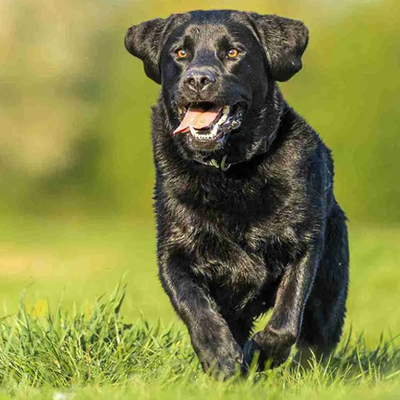
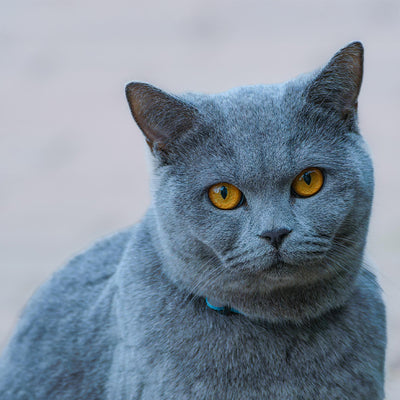
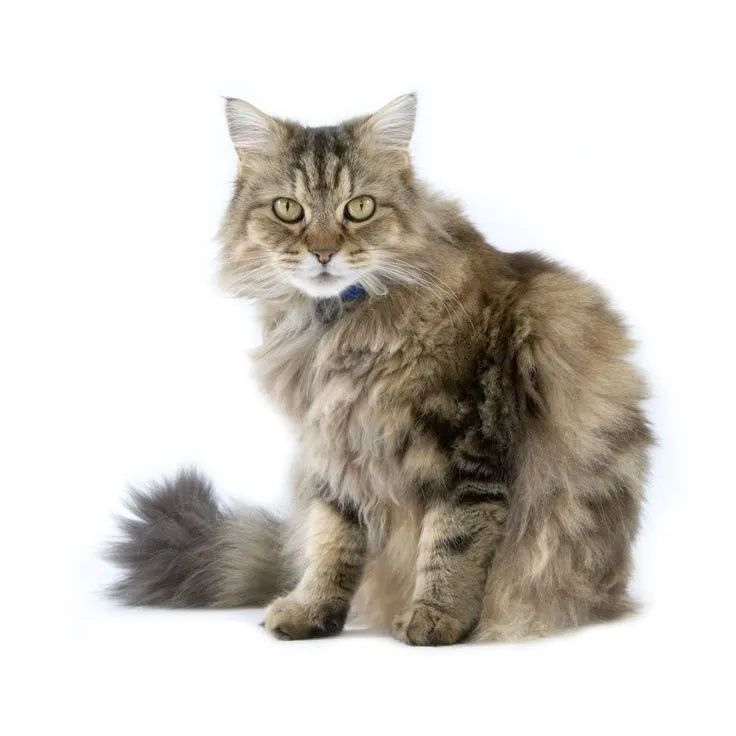
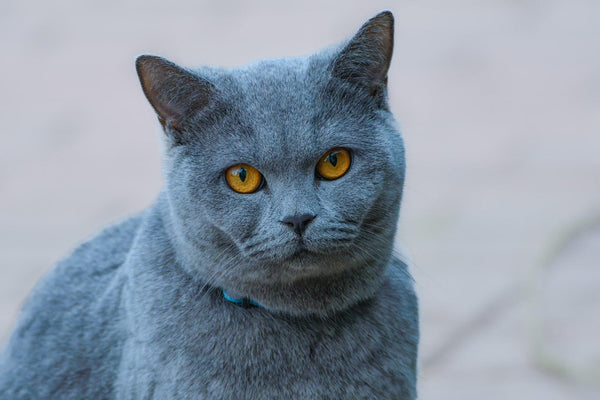
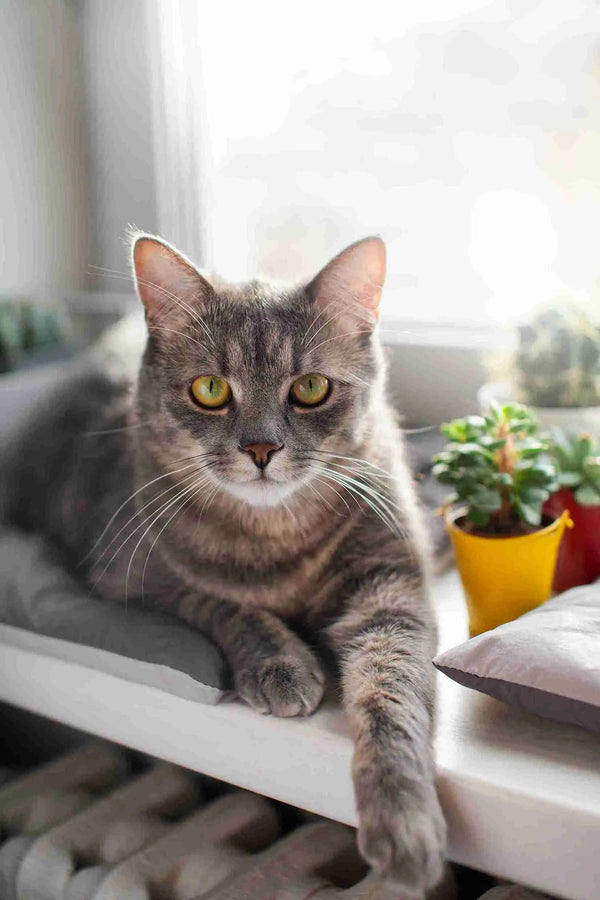
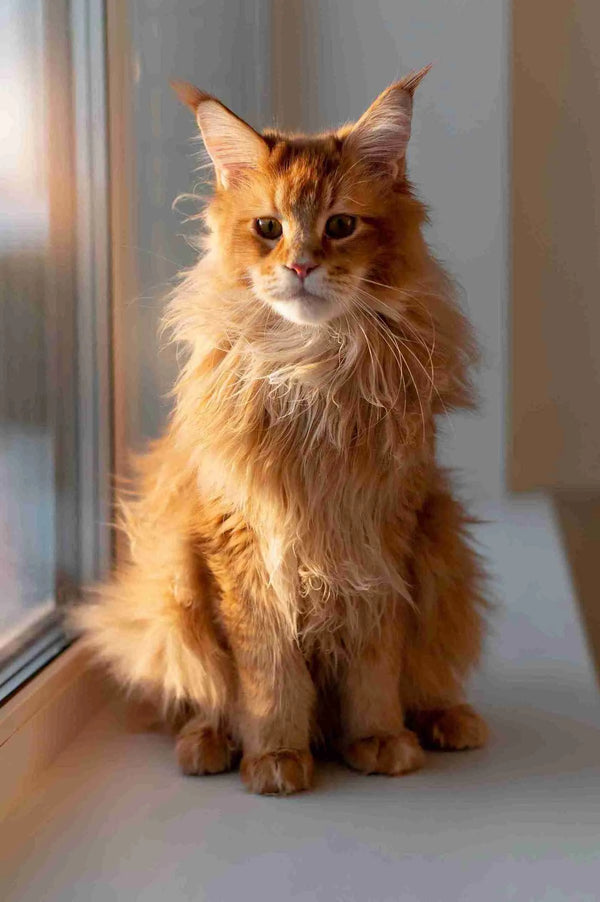
0 comments